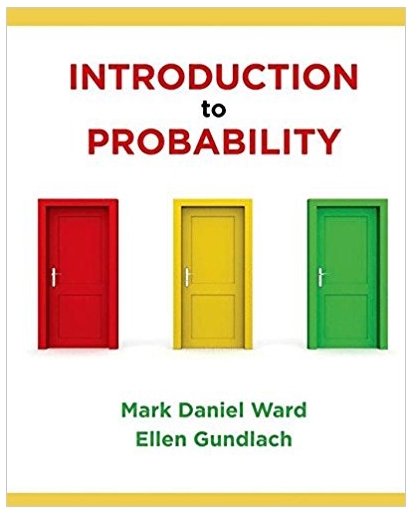Answered step by step
Verified Expert Solution
Question
1 Approved Answer
Discrete Math. Consider the following algorithmic procedure: Input :Non-negative integers x. y Output :Non-negative integer a r := x; S := y; a := 0;
Discrete Math.

Step by Step Solution
There are 3 Steps involved in it
Step: 1

Get Instant Access to Expert-Tailored Solutions
See step-by-step solutions with expert insights and AI powered tools for academic success
Step: 2

Step: 3

Ace Your Homework with AI
Get the answers you need in no time with our AI-driven, step-by-step assistance
Get Started


